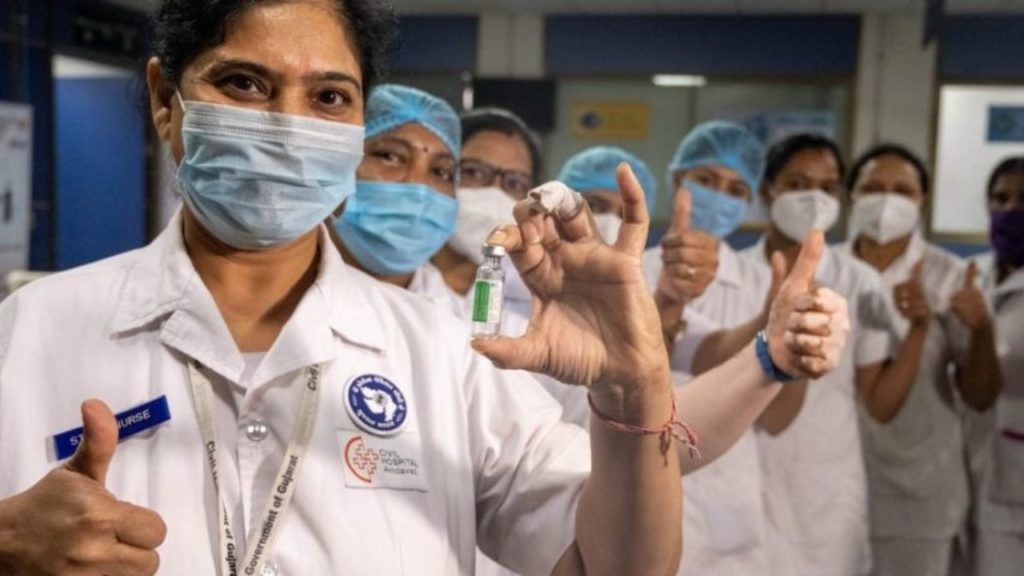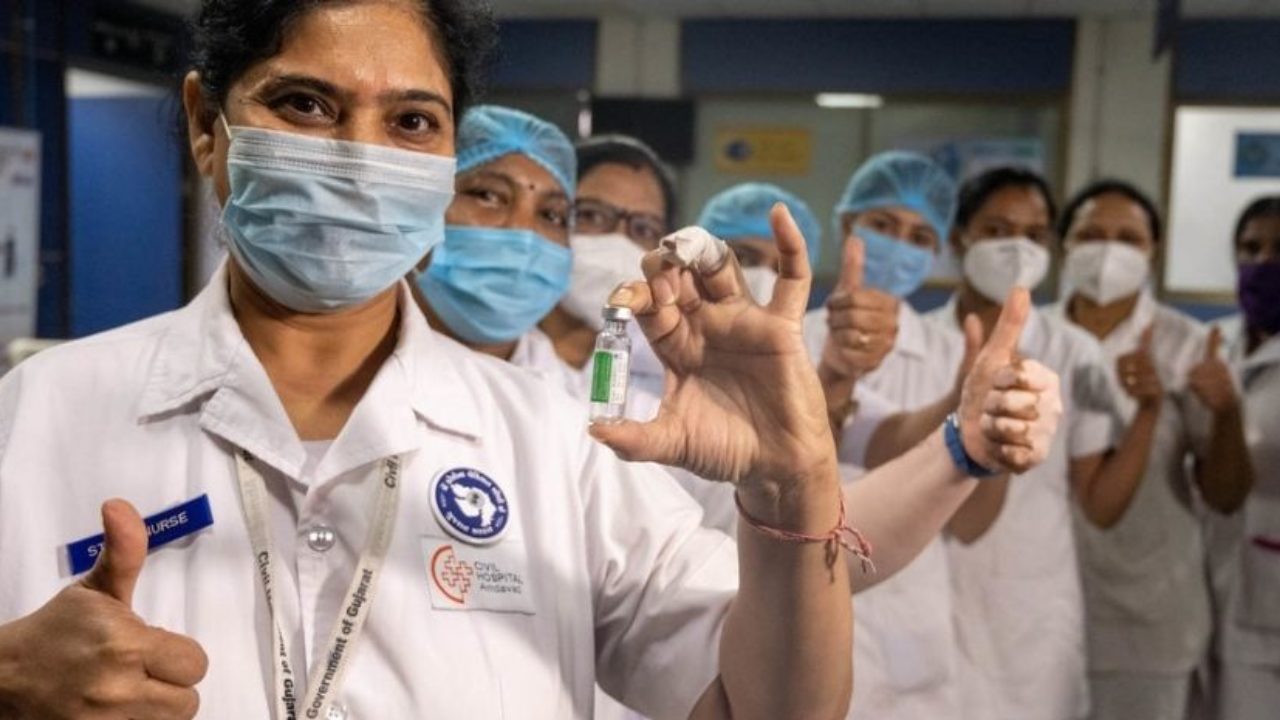Epidemiologist and health economist Eric Feigl-Ding has reported that China is experiencing a massive surge in coronavirus cases after the easing of Covid-19 restrictions.

Feigl-Ding is an American public health scientist who is currently chief of COVID Task Force at the New England Complex Systems Institute.
Pandemic 2.0
In a multi-tweet thread he has shared estimates that more than 60 per cent of China and 10 per cent of Earth’s population are likely to be infected over the next 90 days with deaths likely in the millions.
This surge could trigger a total shutdown and severely impact global trade, the epidemiologist warned.
Corpses pile up
Wall Street Journal (WSJ) has reported that one of Beijing’s designated crematoria for Covid patients has been flooded with dead bodies in recent days as the virus sweeps through the Chinese capital.
This should serve as a grim early hint at the human cost of the country’s abrupt dismantling of pandemic restrictions in what is an absolute turnaround on its zero-Covid policy.
Beijing Dongjiao Crematory has seen a jump in requests for cremation and other funerary services, according to people who work at the compound, reported WSJ.
Ruling party’s approach
Feigl-Ding says that the country’s ruling Chinese Communist Party’s (CCP) goal is to “let whoever needs to be infected, infected, let whoever needs to die, die.
Early infections, early deaths, early peak, early resumption of production.”
The healthcare system is already showing signs of overburdening and burdening.
Health system once again on verge of collapse
“Since the Covid reopening, we’ve been overloaded with work,” said a woman who answered the phone at Dongjiao Crematory on Friday, adding, “Right now, it’s 24 hours a day. We can’t keep up.”
She said that they were receiving so many bodies that they had to conduct cremations in the predawn hours and in the middle of the night.
“There’s no other way,” she said.
Key statistics
Doubling time in China has hastened to “hours”, says some experts.
“R is hard to calculate if doubling is less than 1 day because it’s hard to PCR test that fast. The point is China & the world is in deep trouble”, said Feigl-Ding.
R number tells you on average how many people one sick person infects for the current variant.
The figure as of now is 16, higher than all the previous waves of the pandemic globally.
Deaths being underreported
To add to the mountain of problems, the deaths in mainland China are being hugely underreported.
It has reported eleven official deaths since mid-November, despite logging more than 10,000 daily infections since then.
Daily national case counts have steadily fallen as fewer people test themselves at public facilities, and health authorities earlier this week stopped releasing daily tallies of asymptomatic cases for the first time since the pandemic began.
More proof of dishonest reporting
WSJ reported that earlier this month, the Beijing Emergency Medical Centre urged only critically ill patients to call for ambulances as it deals with a jump in emergency requests from an average of about 5,000, to 30,000 a day.
This has had the effect of straining the capacity of paramedics to respond.
The crisis is unlikely to slow down anytime soon, given that China’s 1.4 billion people remain vulnerable to the virus because of limited exposure, low vaccination rates and poor investment in emergency care.
New form of vaccine
There may be some positive news, however.
The Chinese government has recently approved an aerosolized (inhaled) vaccine delivered via a nebulized form.
This vaccine produced a greater antibody response than intramuscular and also raised antibodies over 9-fold, and at lower dose, Eric Feigl-Ding highlighted.
While India has not seen a similar surge, the threat still looms since it hasn’t reported zero Covid cases either.
Situation in India
India has recorded 112 new coronavirus infections, while the active cases declined to 3,490, according to the Union Health Ministry data.
The country has also started randomly testing international passengers arriving at its airports.
Local media reports said at least four cases of BF.7 – the Omicron subvariant that is driving the current surge in China – have been found in India so far.
Are we immune?
However, Dr Randeep Guleria, a pulmonologist and former head of AIIMS in New Delhi said the situation in India is different from China.
“Both from lifting the Zero Covid policy and a large number of people there (in China) who were never exposed to the virus are now being exposed to the BF.7 variant which spreads very rapidly,” he said.
“And the vaccine uptake is also not as good as in India. So these factors are probably contributing to the spread there,” he added.
However, India still needs to be vigilant as the virus can evolve and imitate over the next few months.














